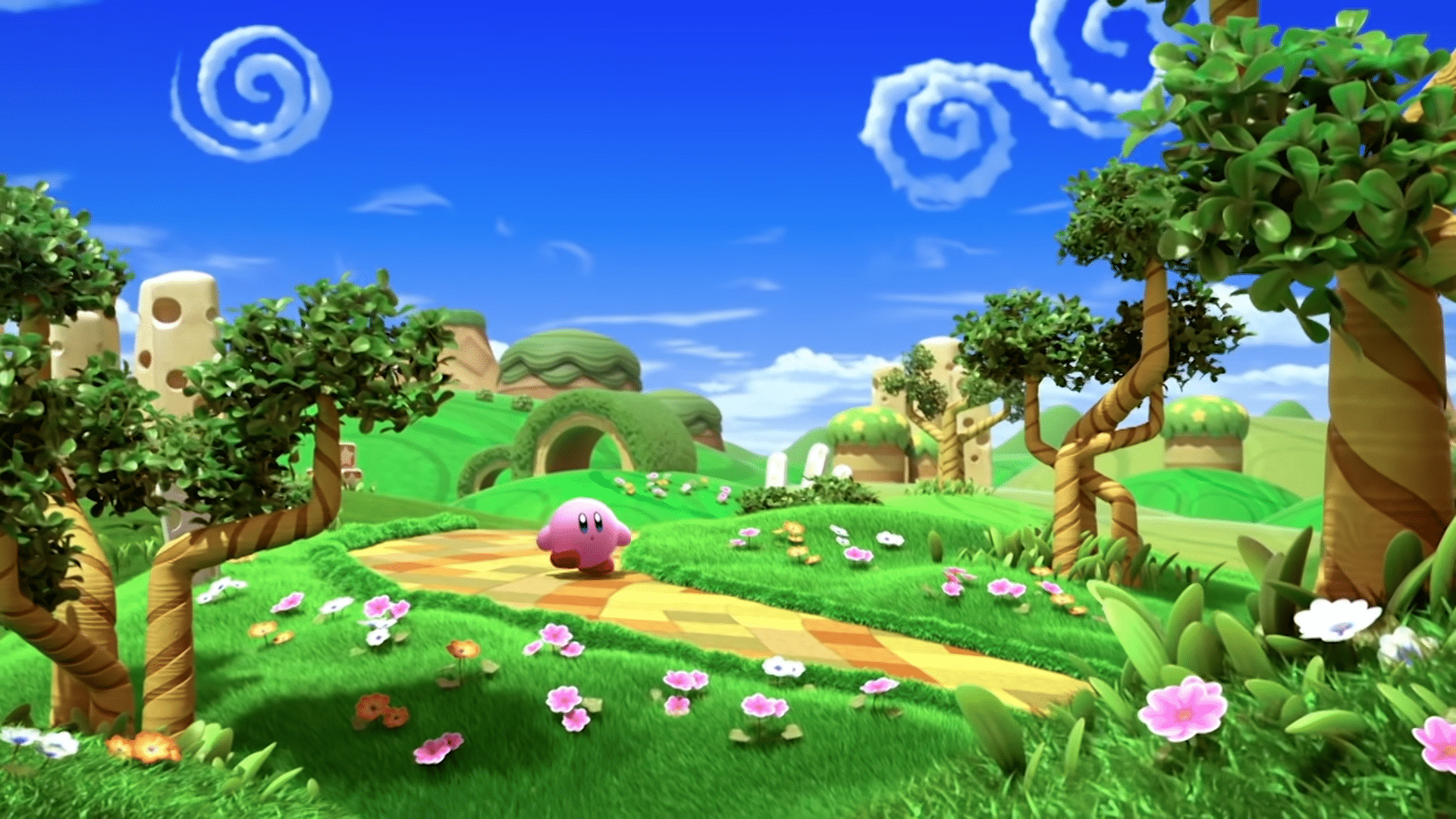
The tech-focused team at Digital Foundry has shared their thoughts on Kirby and the Forgotten Land, and they agree that “it’s such a polished, complete game with a lot of heart that I think it deserves a shot if you’re into this type of experience,” adding, “It’s such a polished, complete game with a lot of heart that I think it deserves a shot if you’re into this type of experience.” When played in docked mode, Kirby and the Forgotten Land scaled up to 1080p, but it can go as low as 810p, according to John Linneman of Digital Foundry.
Handheld mode, of course, is 720p, and it maintains that resolution for the bulk of the time. However, he mostly objected to the game’s intended frame rate of 30 frames per second, which is lower than both Super Mario Odyssey and Bowser’s Fury on Switch, which both seek 60 frames per second. Near the end of the essay, John expressed his dissatisfaction with the game’s performance, saying, “It’s not difficult to be little disappointed with the performance in this game.” While I like the overall aesthetic, this is one of the games that recommends a more powerful Switch is needed since it demands a better frame rate.”

Digital Foundry tech highlights – Kirby and the Forgotten Land
“While this isn’t a game that pushes technological limits, I believe the developer team has created a lovely overall experience with just a few drawbacks to highlight.” So, first and foremost, visual quality – this game uses dynamic resolution scaling, and in docked mode, it scales all the way up to full 1080p, while the bottom boundaries seem to be about 810p or potentially even lower in the worst case scenario. Portable mode scaled dynamically as well, but I feel that it maintains its 720p aim with very crisp picture quality more consistently — it looks fantastic on the Switch OLED in particular.”
“However, one of the game’s biggest qualities is how it appears in motion — the animation work is just outstanding.” Kirby squashes and stretches with a wide range of movements; adversaries move and respond smoothly, and even incidental animations reflect the essence of the original games wonderfully. The only problem is that the animation frame rate is governed by the distance from the camera, which means lesser update rates as you get farther away. When enormous items move around in the distance, this may become rather distracting, and it’s a little blemish on an otherwise gorgeous game.”
“At the end of the day, there’s not much in the way of cutting-edge technology here, but it’s a terrific illustration of how art design and a good use of current tools can result in a cohesive, beautiful game.” The density of the graphics, on the other hand, has an effect on performance. Nintendo’s famous 60fps gameplay is absent here; instead, a capped 30fps is used, and it’s tough not to be dissatisfied by the game’s performance when compared to what was accomplished in Super Mario Odyssey, Bowser’s Fury, and Metroid Dread. While I like the overall aesthetic, this is one of the games that implies a more powerful Switch is required since it demands a better frame rate.













